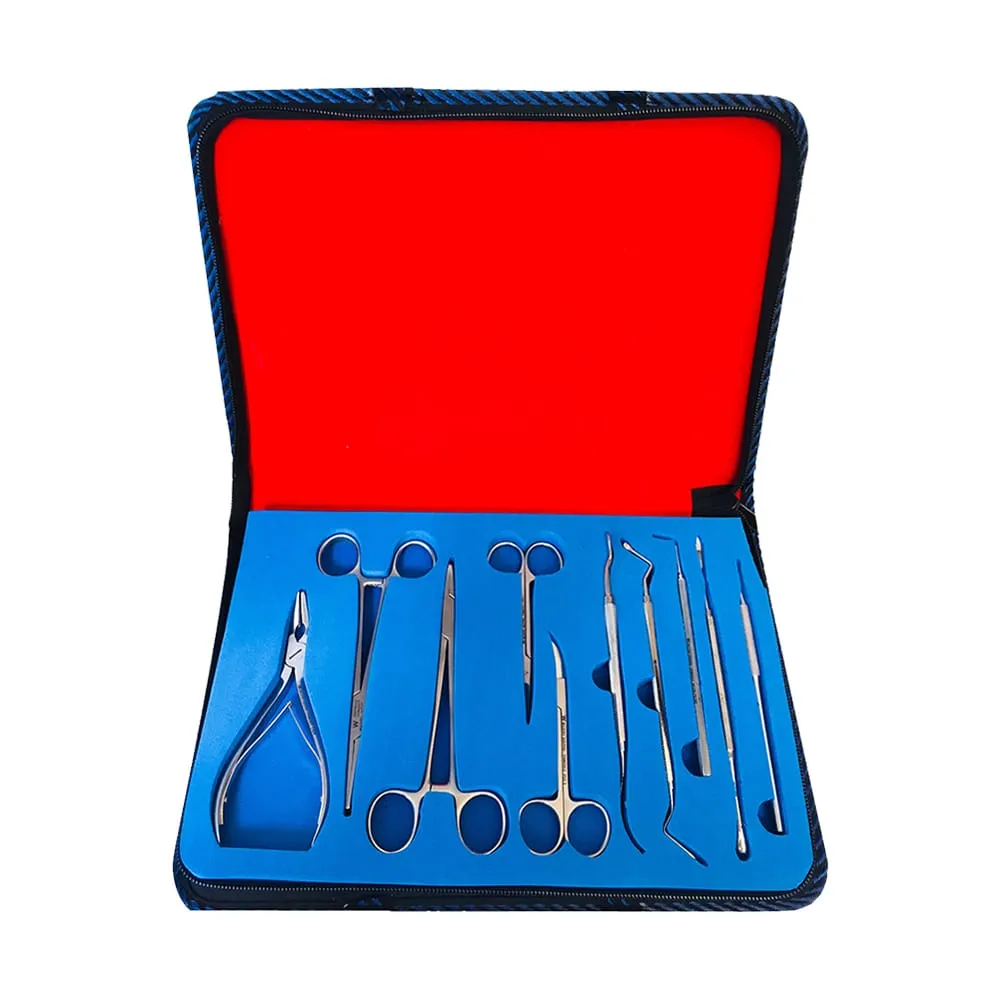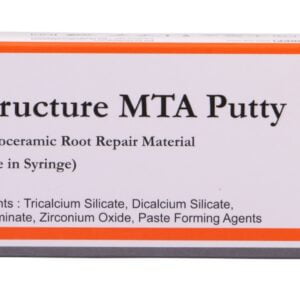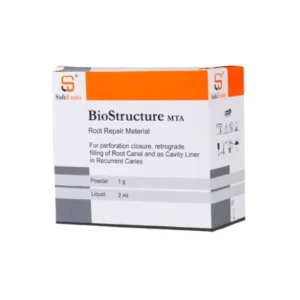Features
- Ratcheted finger scissors-ring for comfort.
- Lightweight design minimizes user fatigue.
- Sharp working ends ensure precise cuts.
- Made of durable stainless steel material.
- Rust-free and corrosion-resistant construction.
- Autoclavable for thorough disinfection.
- Ergonomic design enhances surgical maneuverability.
Descriptions
Waldent Oral Surgical Instruments Kit of 10 (K9/1), an indispensable set tailored to meet the demanding needs of dental professionals engaged in oral surgery. This meticulously curated kit comprises a selection of compacted surgical instruments, each crafted to ensure precision, reliability, and efficiency in clinical practice.
- Iris Scissors Curved: Ideal for fine tissue cutting, this curved iris scissors offers exceptional maneuverability and accuracy in delicate surgical procedures.
- Iris Scissors Side Curved: Featuring an angled beak, this instrument facilitates cutting in challenging posterior areas, ensuring access and precision where it’s needed most.
- Scalpel Handle Round Straight: Designed to securely hold surgical blades, this scalpel handle minimizes slippage during procedures, providing optimal control and safety in the patient’s oral cavity.
- Bone Curettes Lucas No.86: Essential for thorough curettage, this instrument aids in the meticulous removal of debris from the socket, promoting optimal healing and post-operative comfort.
- Moons Probe: With its flat-handled design and perpendicular blade, the Moons Probe excels in elevating mucoperiosteal flaps prior to extraction, facilitating efficient and precise surgical access.
- Bone File Miller Col-burn: Engineered for bone filing, this instrument effectively eliminates minor bony spicules, ensuring smooth contours and optimal tissue adaptation before suturing.
- Periosteal Elevator Molt No.9: The perfect tool for elevating mucoperiosteal flaps, this instrument enhances surgical access and visibility, laying the groundwork for successful minor surgeries.
- Bone Rongeur: Renowned for its precision, the Bone Rongeur excels in cutting sharp bony edges and spicules, enabling seamless bone contouring and refinement.
- Artery Forceps 160mm: A quintessential addition to your armamentarium, these artery forceps ensure secure handling of minute instruments during impaction surgeries, enhancing procedural efficiency and control.
- Needle Holder Mayo Hagar 160mm: This needle holder provides firm grip and control, facilitating precise suturing and ensuring optimal wound closure for superior post-operative outcomes.
Specifications
- Category: Oral Surgery
- Material: Stainless Steel
- Disposable / Reusable: Reusable
- Sterile / Non-Sterile: Non-Sterile
- Latex / Latex-Free: Latex-Free
Packaging
Waldent Wal-Oral Surgical Kit of 10:
- 1 x Iris Scissors Curved
- 1 x Iris scissors side curved
- 1 x Scalpel Handle round straight
- 1 x Bone Curettes Lucas No.86
- 1 x Moons Probe
- 1 x Bone File Miller Col-burn
- 1 x Periosteal Elevator Molt No.9
- 1 x Bone Rongeur
- 1 x Artery forceps 160mm
- 1 x Needle holder Mayo Hagar 160mm
Direction to Use
Preparation:
- Ensure all instruments are clean and dry before use.
- Sterilize the instruments according to standard autoclaving procedures.
Instrument Selection:
- Choose the appropriate instrument based on the specific surgical procedure and anatomical site.
Handling:
- Hold the instrument firmly but gently to maintain control and prevent slippage during use.
Technique:
- Use the iris scissors for fine tissue cutting, ensuring precise incisions.
- Employ the bone curettes for thorough debris removal from the socket.
- Utilize the Moons Probe for elevation of mucoperiosteal flaps prior to extraction.
- Employ the bone file for eliminating minor bony spicules before suturing.
- Use the periosteal elevator to elevate mucoperiosteal flaps for better visibility and access.
- Employ the bone rongeur for cutting sharp bony edges or spicules with precision.
- Use the artery forceps to securely hold minute instruments during surgeries.
- Employ the needle holder for precise suturing and wound closure.
Post-Procedure:
- Clean the instruments thoroughly after use to remove any debris or biological material.
- Sterilize the instruments again using autoclaving procedures before storage.
Maintenance:
- Inspect the instruments regularly for signs of wear, damage, or corrosion.
- Replace any instruments showing signs of deterioration to ensure optimal performance and patient safety.
Storage:
- Store the instruments in a clean, dry environment to prevent contamination or damage.
- Consider using designated instrument trays or cases for organized storage and easy access.
Caution:
- Handle sharp instruments with care to avoid accidental injury.
- Dispose of any damaged or worn instruments properly according to local regulations.
Training:
- Ensure that users are adequately trained in the proper handling and use of these surgical instruments to minimize the risk of errors or complications.










Reviews
There are no reviews yet.